Our Visit To The Roman Baths in Bath
One cannot visit Bath, England without paying a visit to the Roman Baths that once were one of the main religious spas in the ancient world.
Entrance to the Roman Baths is gained by visiting the Museum of the Roman Baths. This affords access to the four main features of the historic structure, the Sacred Spring, the Roman Temple, the Roman Bath House and artifacts found within the Roman Bath.
The Roman Baths are located below the present day street level, and even before entering the Museum, the Great Bath can be viewed from on high. In the beginning, a roof that was built 20 metres above the Bath exemplified the excellent Roman architecture and engineering of the day.
Rain that falls on the nearby Mendip Hills seeps down through limestone aquifers until it rises to the surface beneath Bath. Three hot springs are created by the geothermal activity.
For centuries, people have come from far and wide to benefit from drinking the hot spring water and soaking in the healing baths.
Ancient Celts visited the site of this hot spring and are credited with having built the first shrine here in 700 BC. It was in honour of the Celtic goddess of healing and sacred water, Sulis. After the Romans conquered Britain in 43 AD, they soon discovered the sacred healing site.
Around 60-70 AD, the Romans built a temple and bath complex. They dedicated the structures to the deity Sulis Minerva, a composite of the Celtic goddess Sulis and the Roman goddess of wisdom, Minerva.
The Great Bath is only 1.6 metres deep with steps leading down into the water. Today, algae make the water green because there is no longer a roof to block the sun. Here is a closeup of one of the huge stone blocks that once was the base of a column that helped support the roof.
It was eerily fascinating to walk the original Roman pavements within the Roman bath complex. A portal leads from the Great Bath into the Temple Courtyard.
Within the Temple of Sulis Minerva, hot water comes to the surface in what is called the Sacred Spring or King’s Bath. The water bubbles up from the ground at a rate of 1,170,000 litres each day at a constant temperature of 46º Celsius.
The Romans did not allow bathing in the Sacred Spring. Niches incorporated into the walls provided benches for visitors while they contemplated their appeals to Sulis Minerva.
It is from the Sacred Spring that many objects have been retrieved. Such items as coins, jewels, and pewter plates and cups would have been thrown into the water as offerings to the goddesses.
The mineral-rich water of Sacred Spring is the source of hot water for the magnificent bath house.
Illustrating 1st century state-of-the-art technology is a lead-lined culvert that lies exposed in a groove of the pavements. It carries overflow from Sacred Spring to the original Roman drain that eventually empties into River Avon. Gravity pulls hot spa water from Sacred Spring through similar lead pipes into the Great Bath.
A large stone slab is positioned over the lead-lined culvert where hot water enters the Great Bath. You will notice this “diving stone” in the top right corner of the pool. The Great Bath itself is lined with 45 sheets of lead.
The Plunge Pool is found in the frigidarium, one of three great bath chambers. This circular pool of cold water was used by bathers as another step in the cleansing process. Roman soldiers and civilians from across ancient Europe would have mingled here.
A pass through the Museum had us pondering the origins of the site when we viewed such archeological finds as Roman tombstones, architectural remnants, and various artifacts found at the location when excavating and conserving.
Back out on The Terrace overlooking the Great Bath, one has a view of less than a quarter of the whole complex that extends far beneath surrounding streets and squares.
It wasn’t until the late 19th century that town developers stumbled upon the ruins of the original Roman Bath Complex. The legacy of the Georgian rebirth of the sacred site has earned the city of Bath the designation of a UNESCO World Heritage Site.
Victorian statues of Roman emperors and governors of Britain stand guard over the Great Bath. They were sculpted then erected in 1894 before the grand re-opening of the Roman Baths in 1897.
Not only were the Roman Baths a means of keeping clean but they served as important centres of socializing and conducting business. They exemplified the Romans’ sense of identity and self-image. It was interesting to explore the Roman Baths which were such iconic symbols of Roman culture and society.
Frame To Frame – Bob and Jean

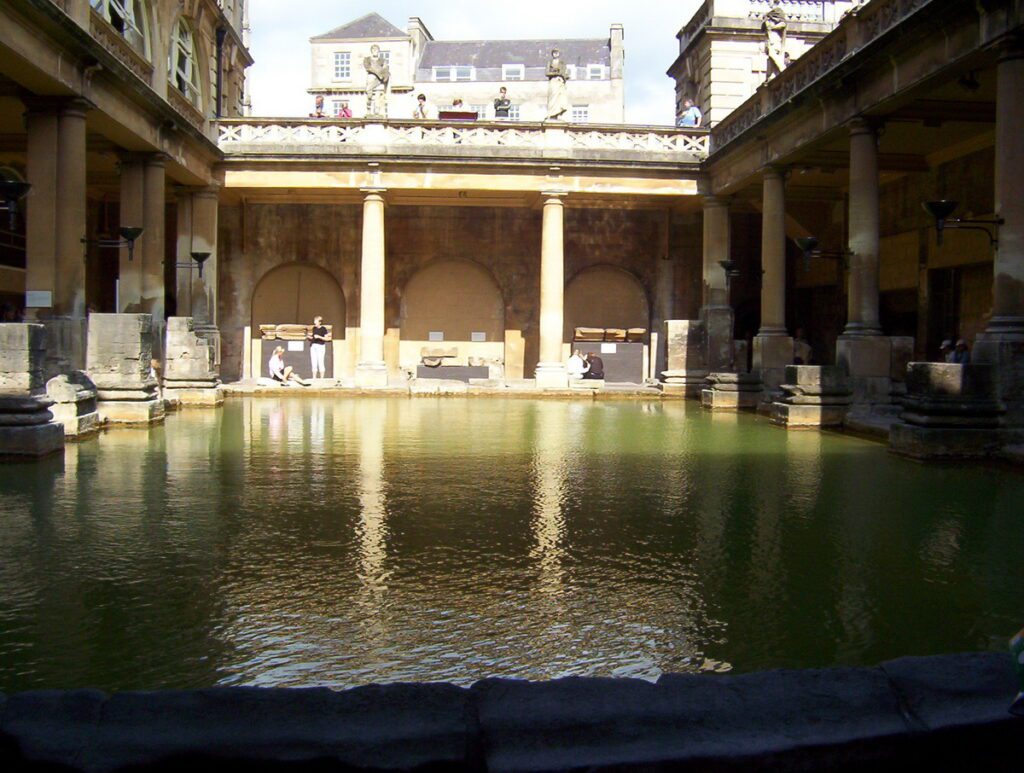
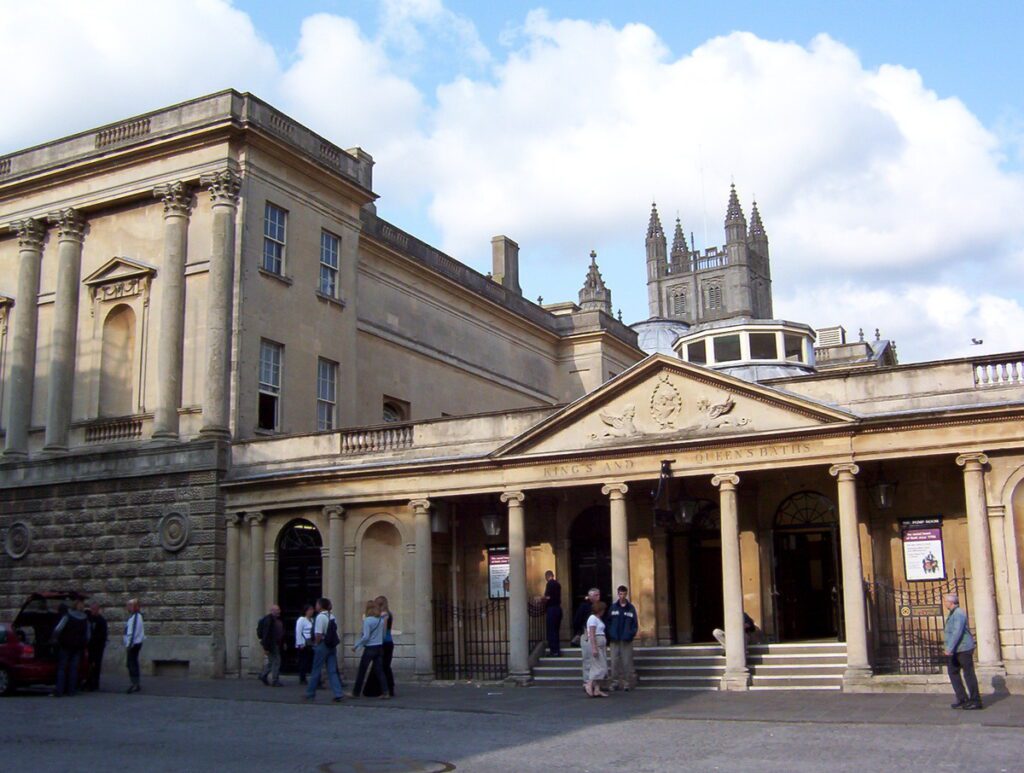

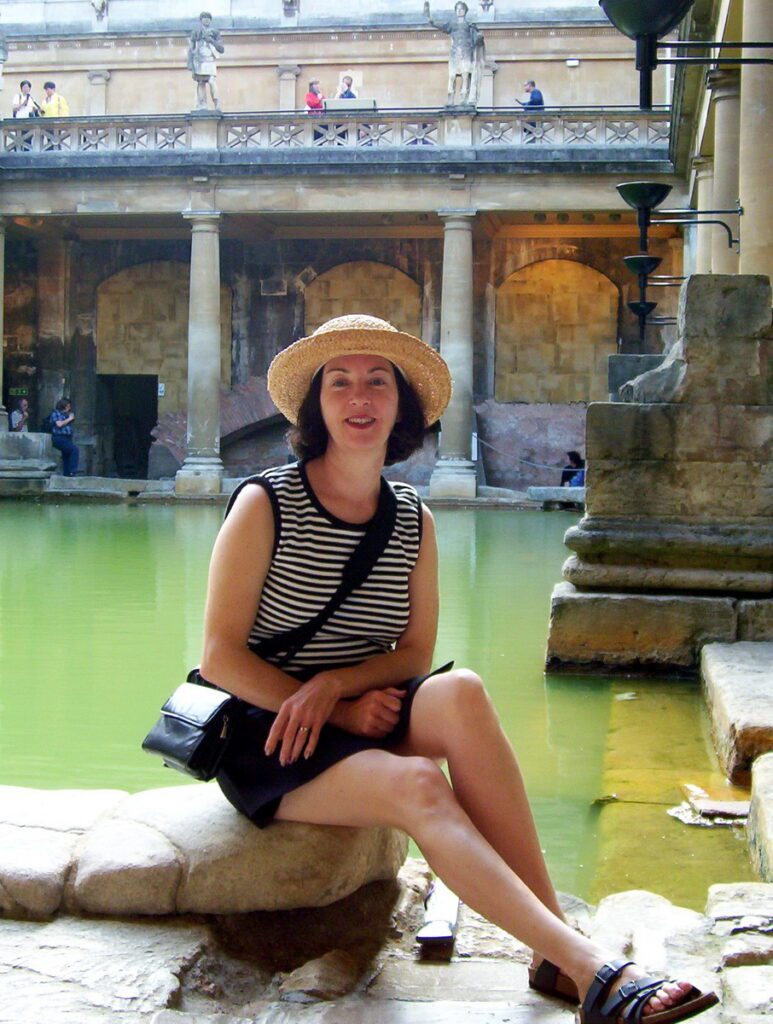
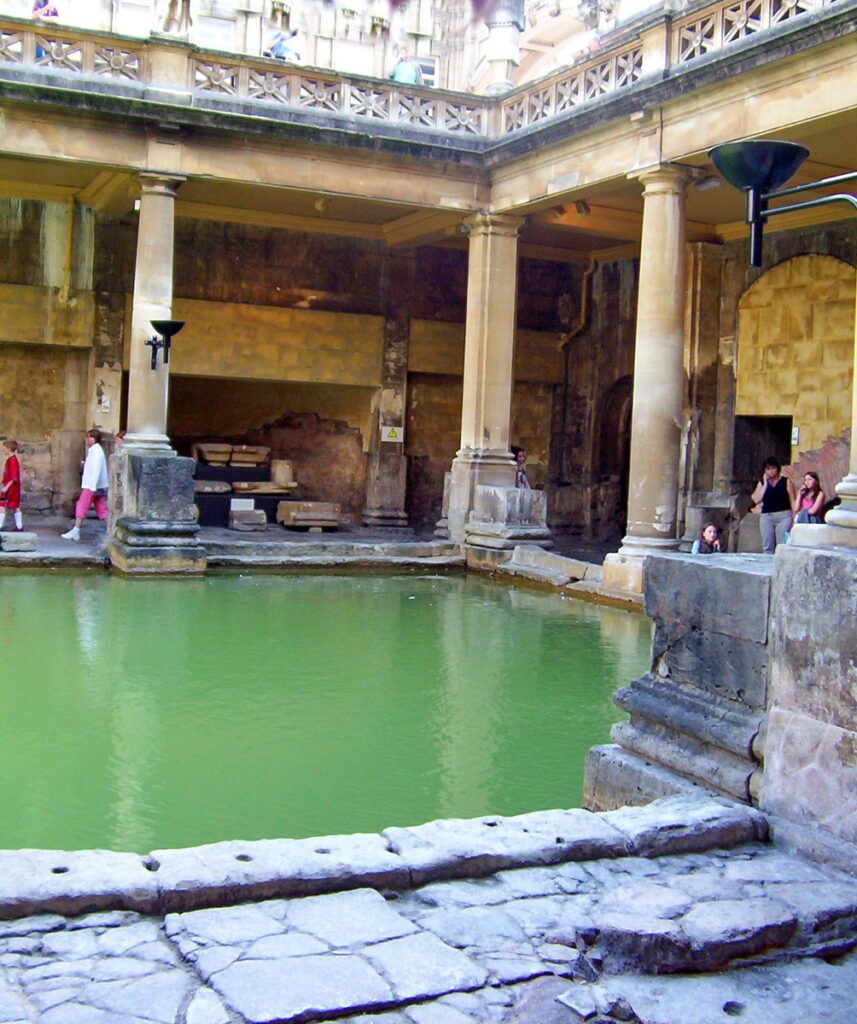
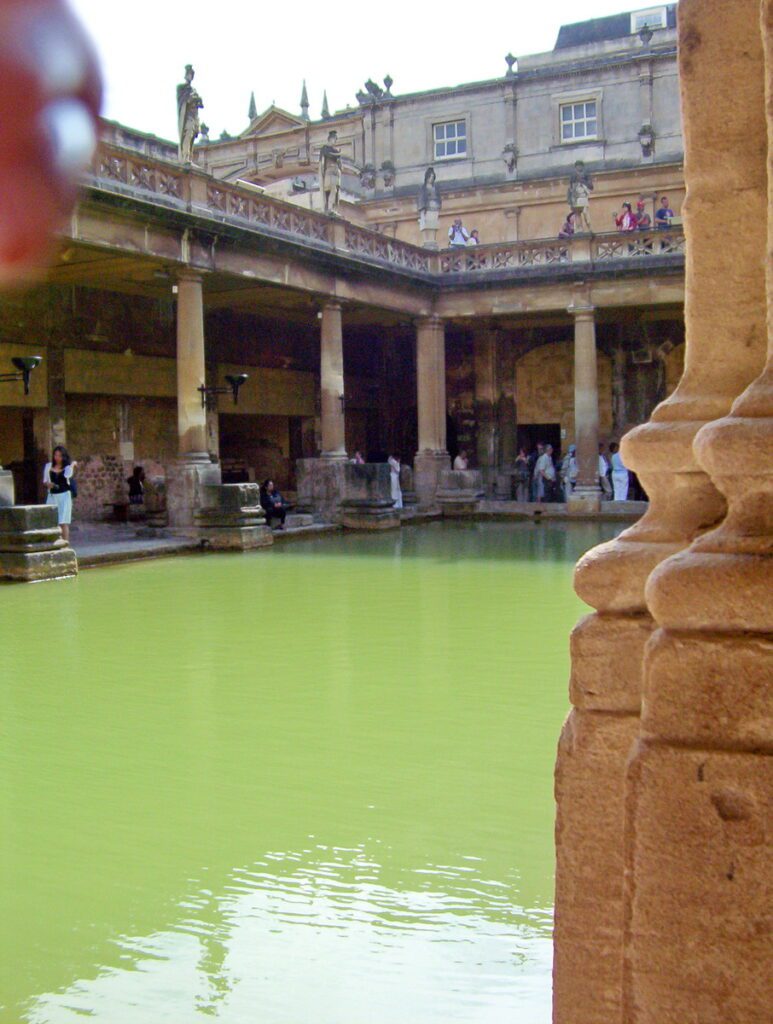
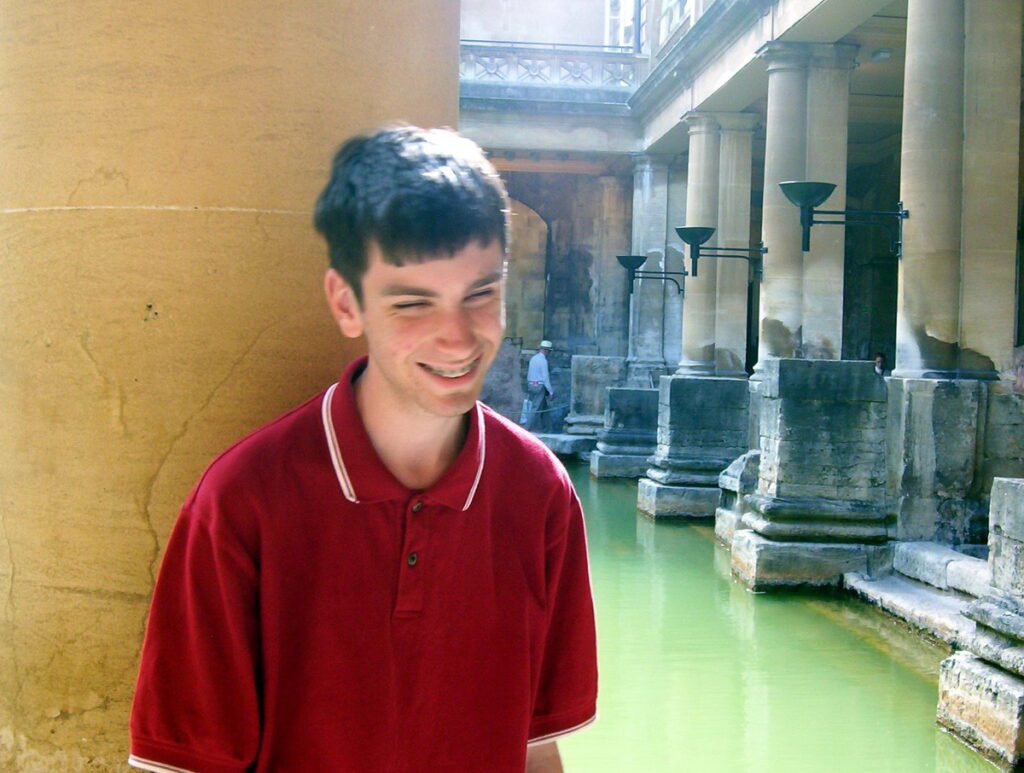
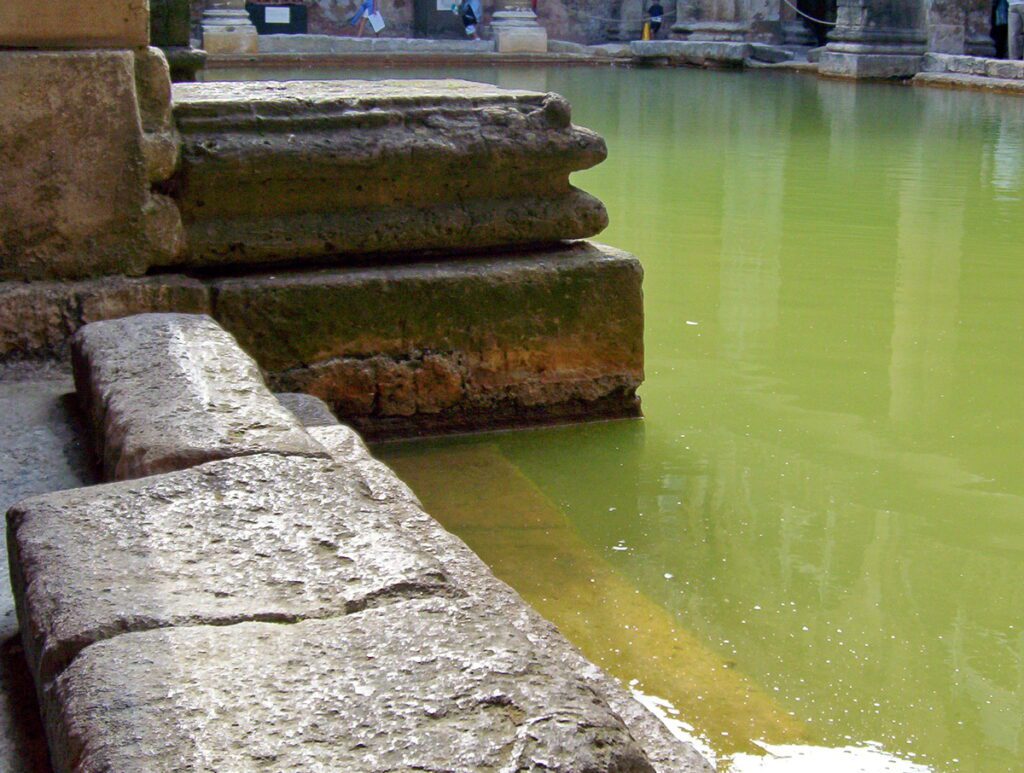
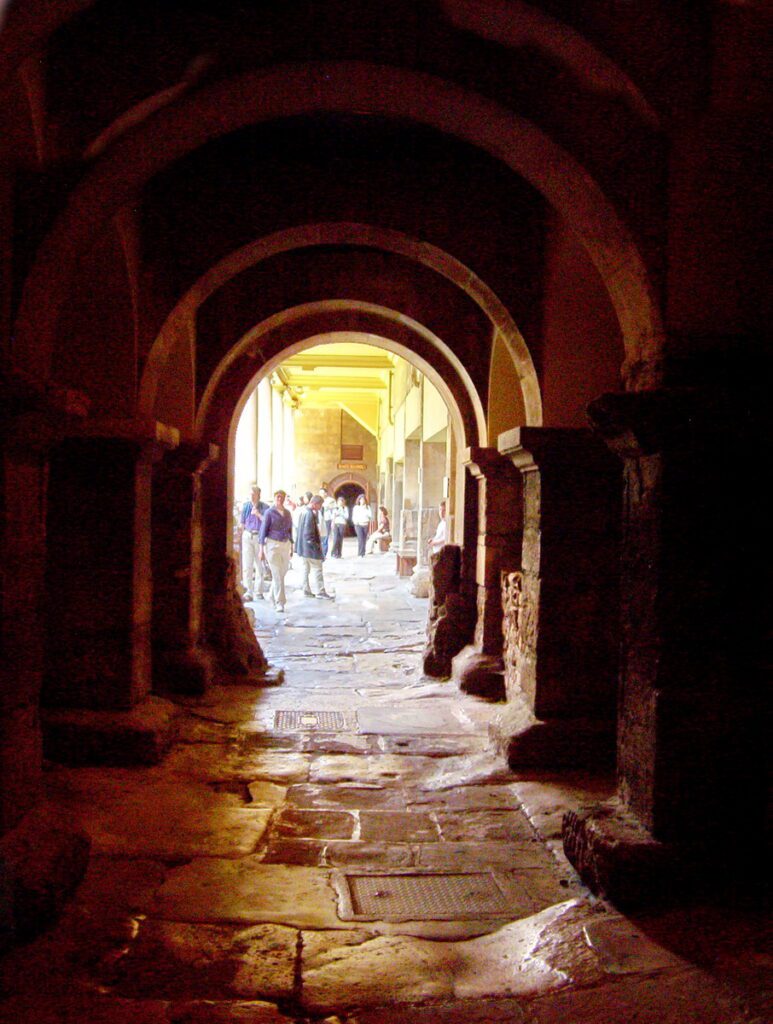
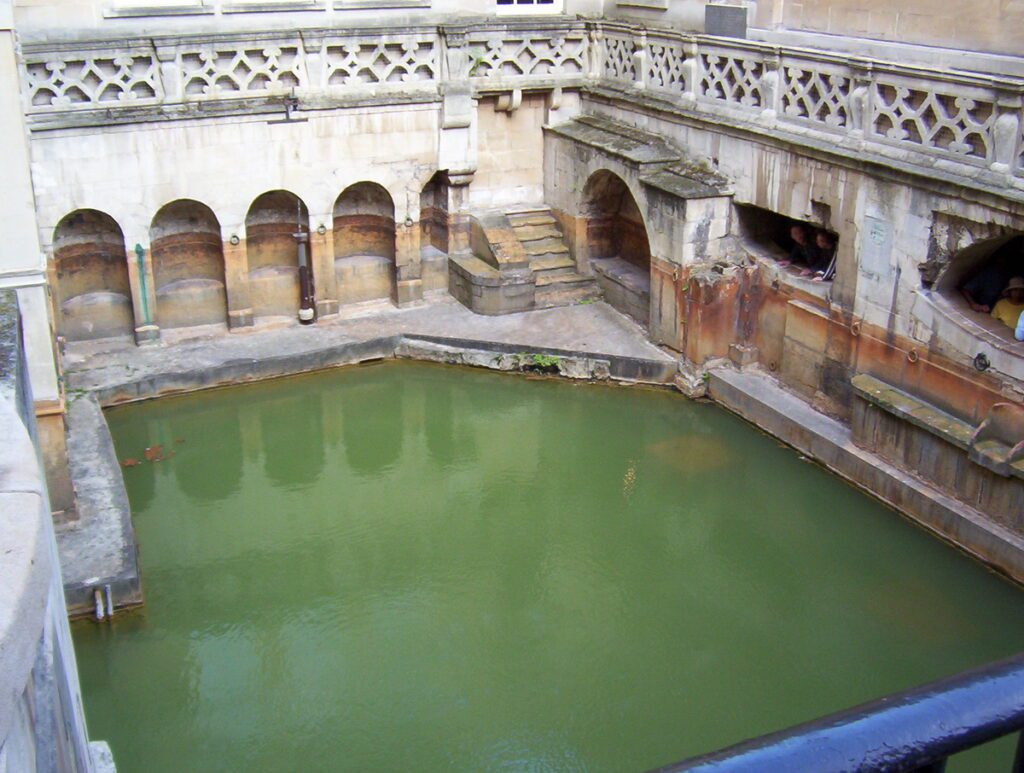
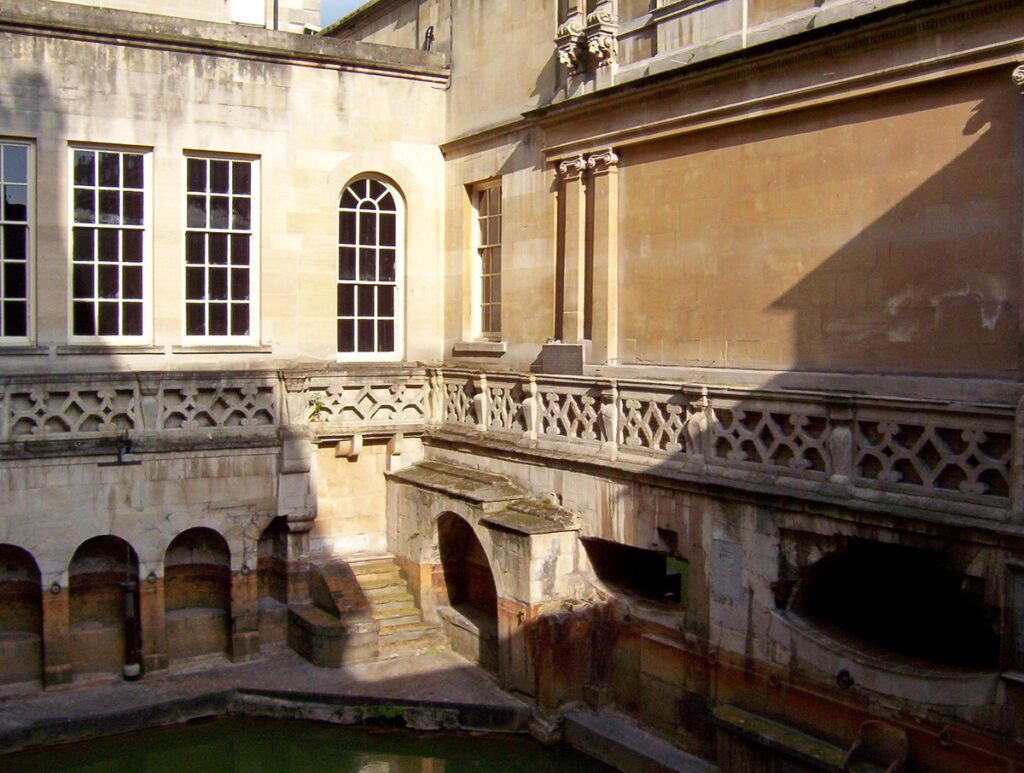
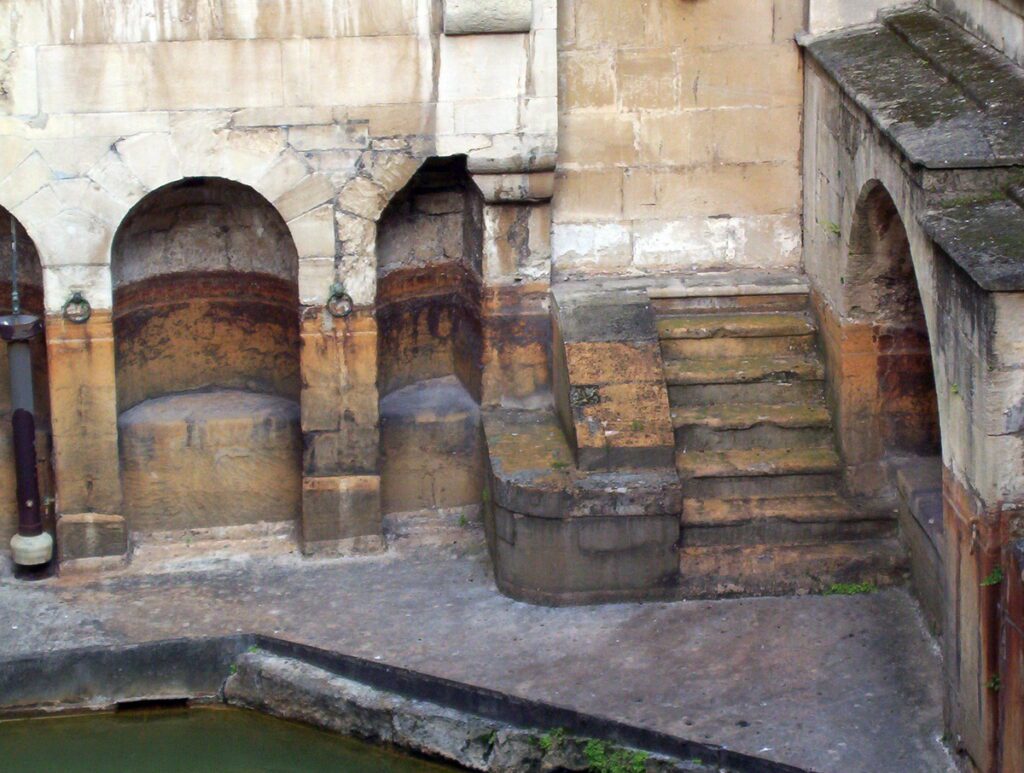
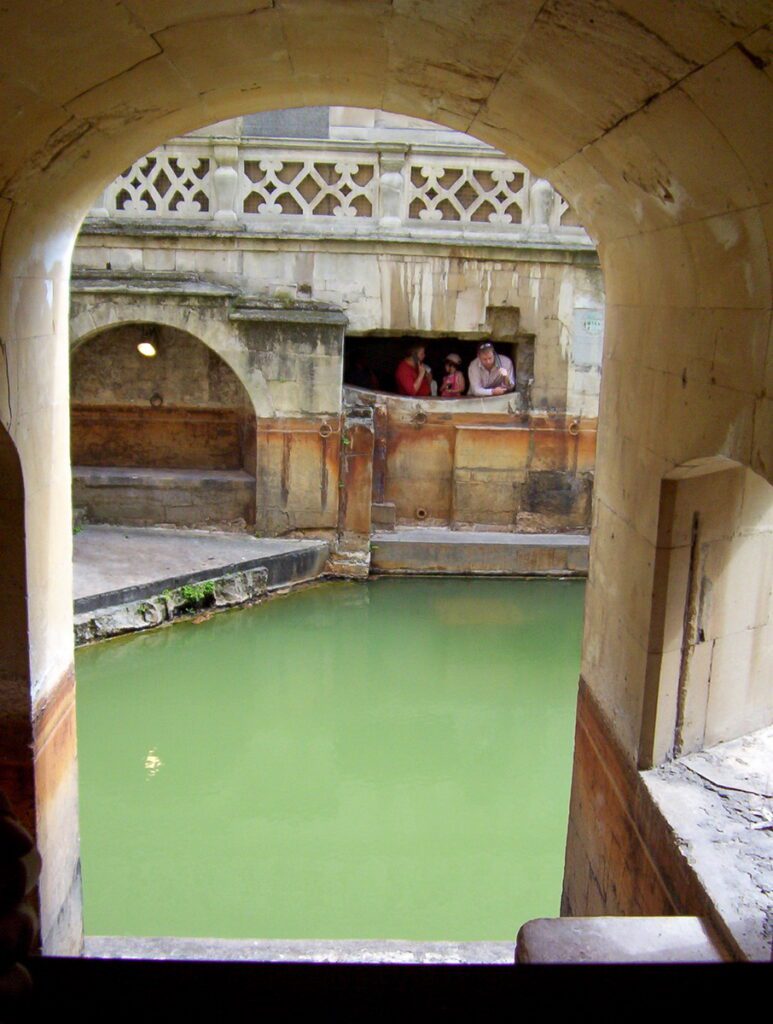
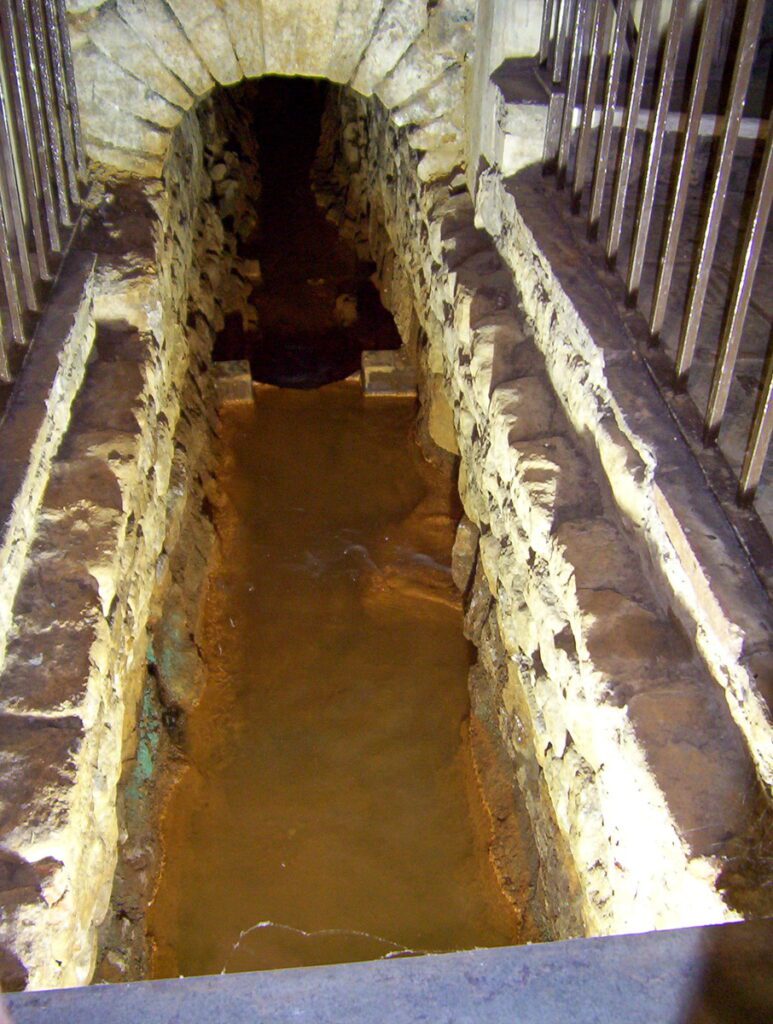
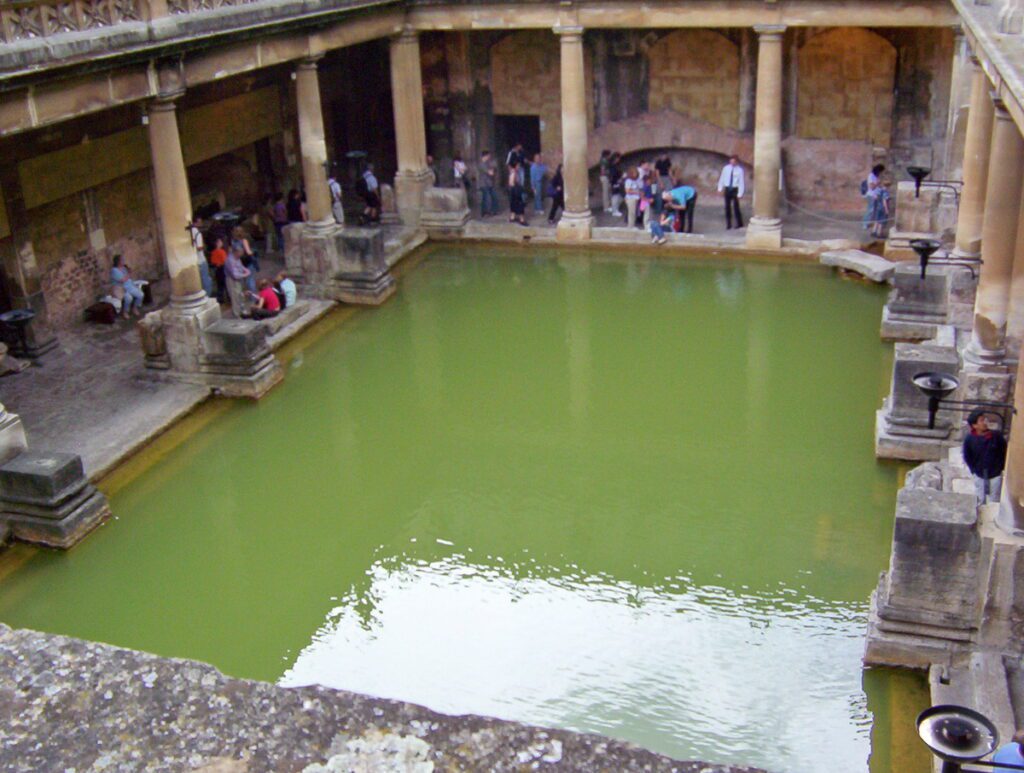
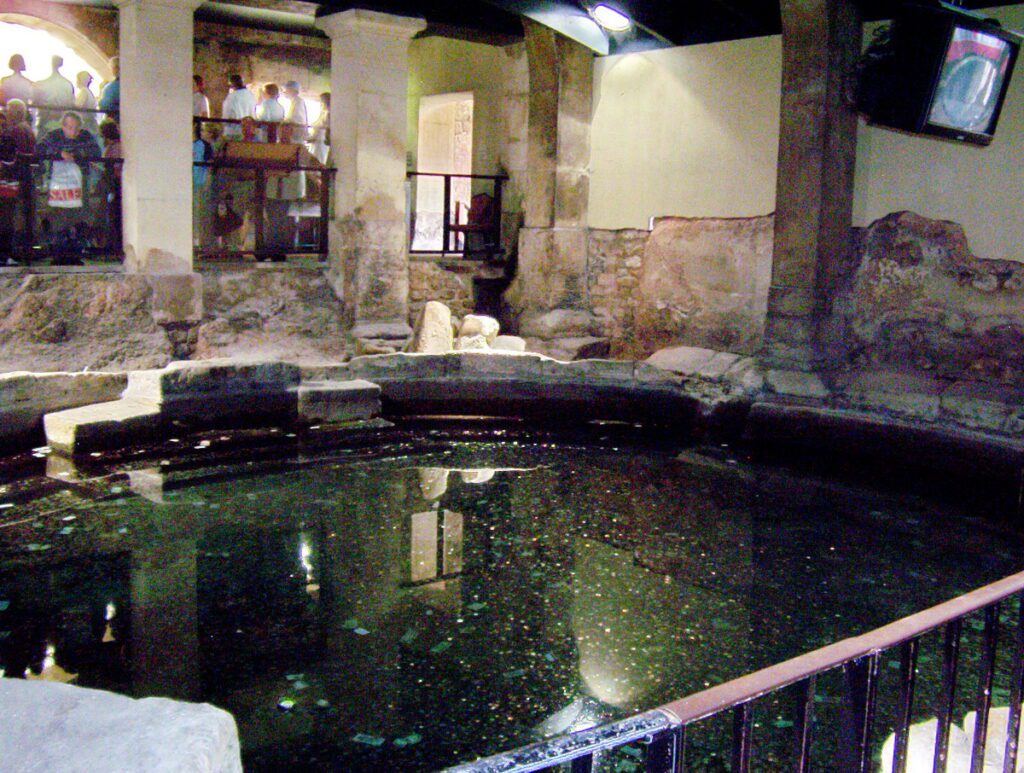
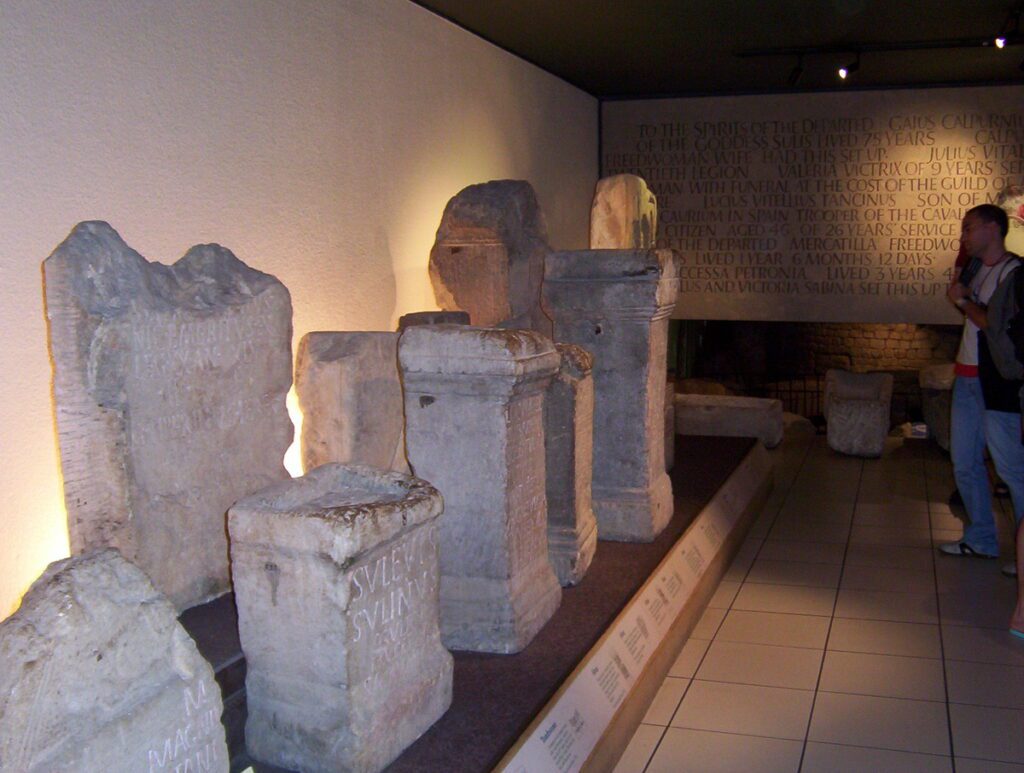
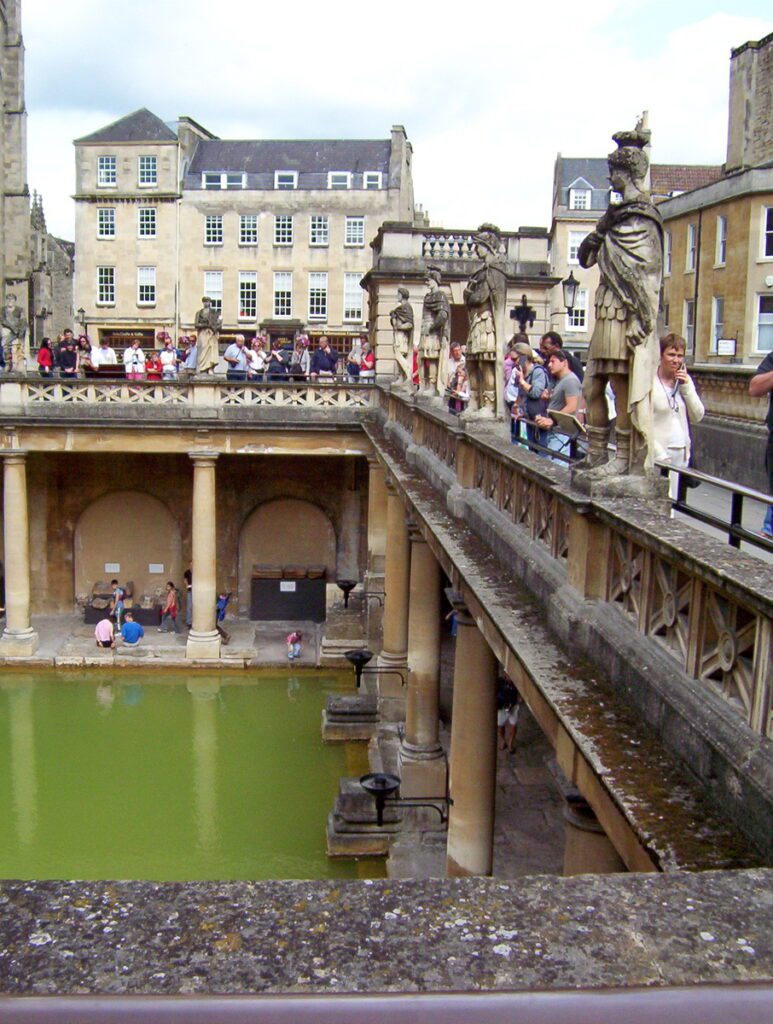
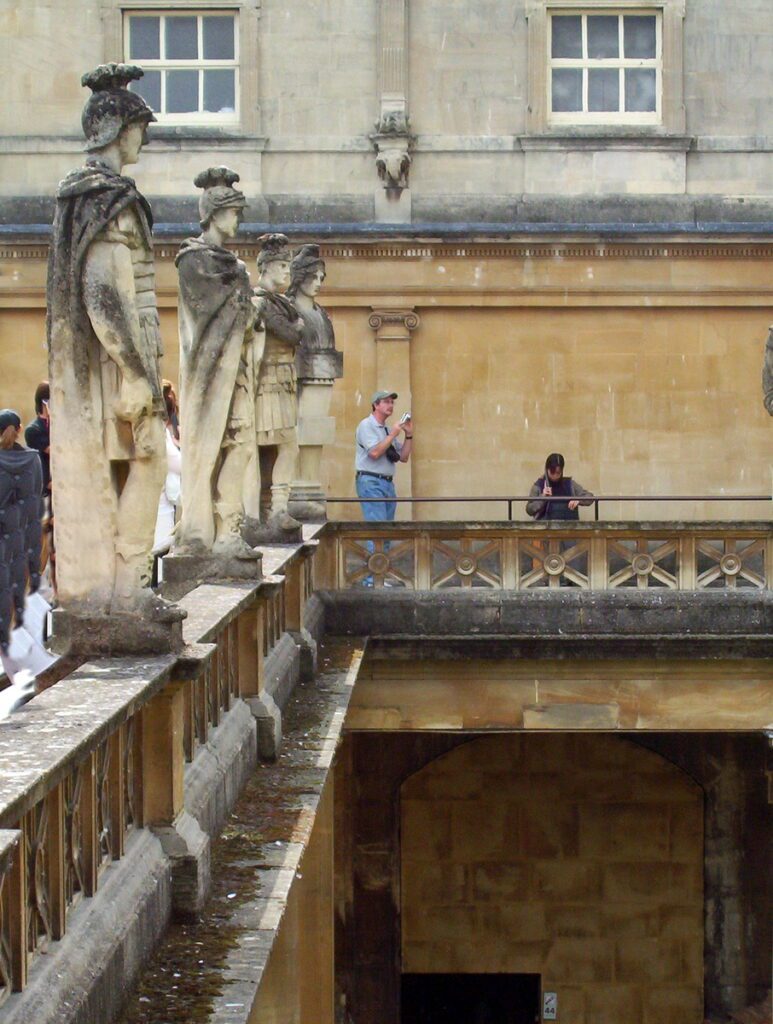

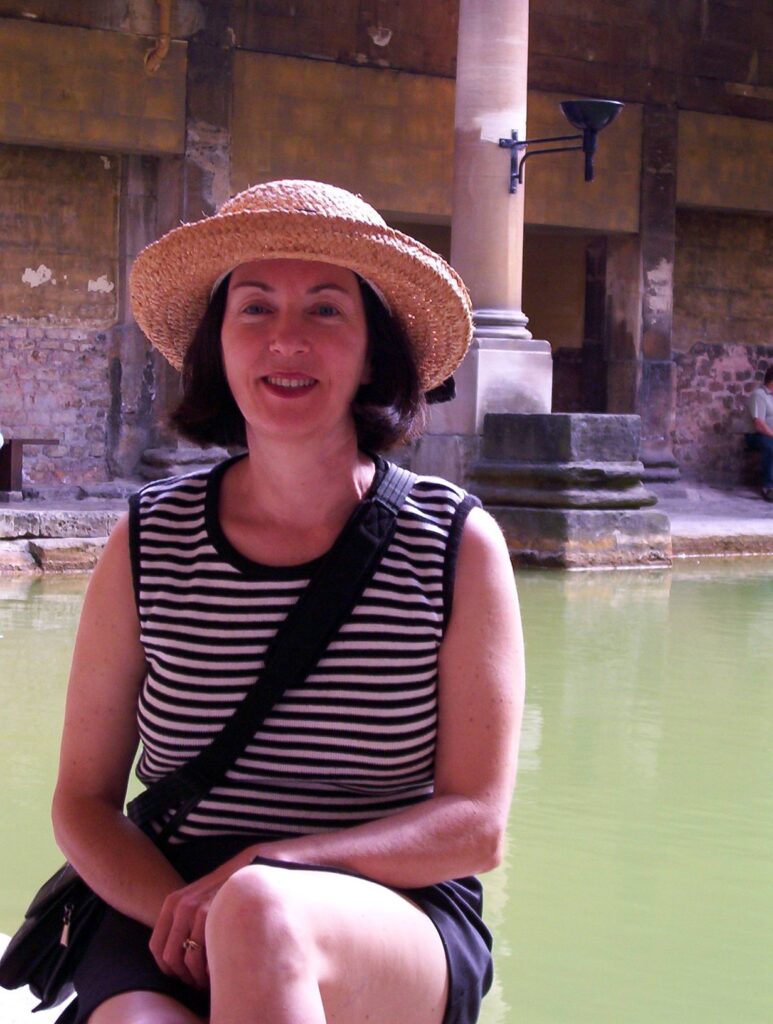
Fantastic B&J. I recently did a presentation about Indigenous Voices, and Preserving Identities: Using Sound Mapping to Engage with Indigenous Sites called Whispering Wombs and the Magic Vibes of Medicinal (Wound Healing) Roman Baths @Godscapes Ritual, Belief and the Natural World: the Ancient Mediterranean and Beyond Conf. and wrote an article* specifically on one of the few rock art locations in Canada to be designated a National Historic Site, Ontario’s Petroglyphs Provincial Park (a sacred space of global importance that exhibits the largest known concentration of Indigenous rock carvings in the country).
Kinomagewapkong (the Teaching Rocks) locally known as Whispering Womb were created over a thousand years ago by Algonquin-speaking societies that widely traversed the Canadian Shield, Kinomagewapkong is situated on a worldwide magnetic meridian of earth energy, also known as ley lines. This grid of invisible lines has been found to link prehistoric mounds, stones, sacred sites, temples/churches and geographical features all around the globe and individual lines can stretch across hundreds of miles.
Just fyi – often the ‘off-limits’ sacred pools are actually reserved medicinal baths.
Vibroacoustic measurements reveal sub/infra-tonal presence (along w/a special formulation of limestone concrete construction) to enhance the resonance thereby promoting the acceleration of wound healing.
“Ancient architectural masterpieces often symbolizes the beginnings of sacred, ceremonial (spatial atmospherics) related to the fascinating and mysterious influence of field energy ~~ as it relates to felt infratones, sounds and light immersion.” – R.Eady, KR Terrapeutics
*https://www.canneryrowpress.com/magazine-2
Whispering Wombs
Prehistoric Sites, Indigenous Voices, and Preserving Identities: Using Sound Mapping to Engage with Indigenous Sites
Really wished your excellent compendium of this Roman Bath had been out sooner to source.
Thank you very much for the information that you have offered regarding your own research. I’m glad that you found our blog post of some value, as well.